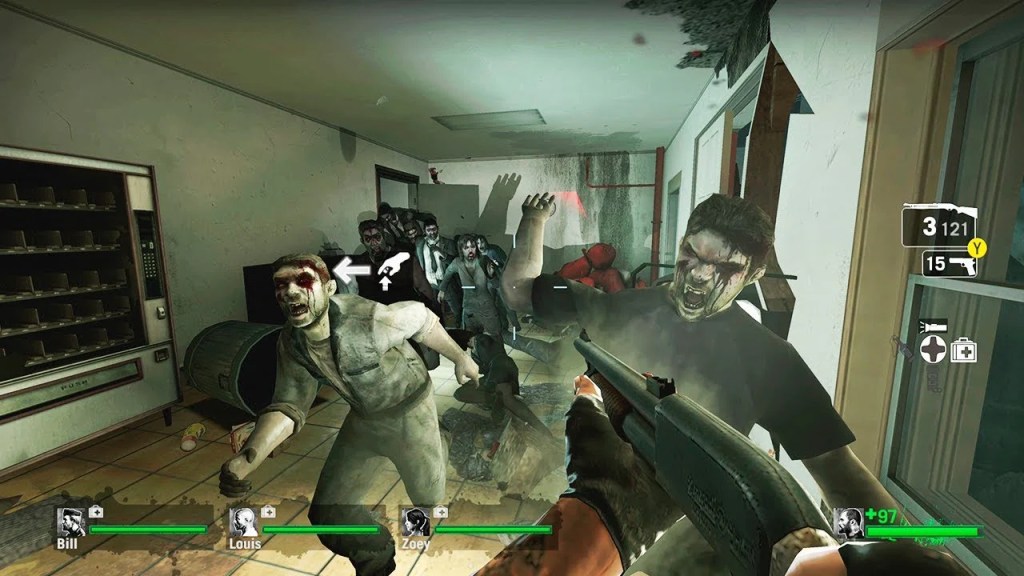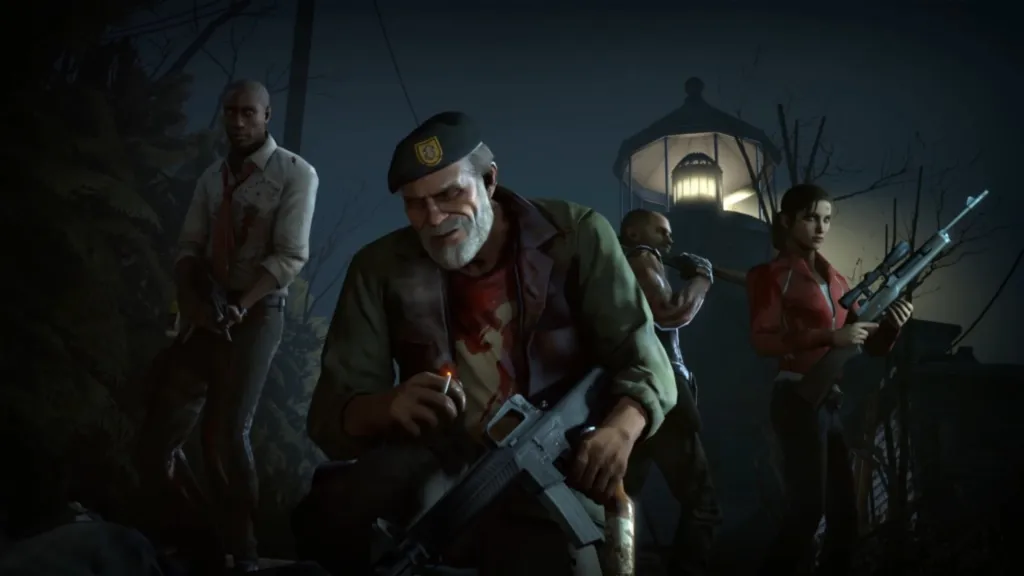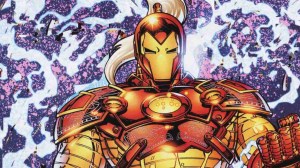Almost 20 years ago, Left 4 Dead became a massive hit — but it’s never gotten the kind of follow-up the game’s success usually would have demanded. Developed by Turtle Rock Studios and Valve, the two Left 4 Dead games sold over 12 million copies within four years of the franchise’s initial release.
Videos by ComicBook.com
The game’s team-based zombie survival modes feature one of the most inventive challenges for a cycling multiplayer experience, with a CPU bringing a layer of tension and surprising bursts of terror to life based on the players’ actions. Left 4 Dead was a genuine hit and continues to have an enduring player base. All of this makes it more confounding that there have only been four DLC drops in 17 years.
How Left 4 Dead Became A Hit For Valve

Left 4 Dead became a massive hit when it launched in 2008 — making it particularly confusing that it’s faded from the spotlight or ever received a formal follow-up. Beginning as a mod for Counter-Strike: Condition Zero that focused on surviving onslaughts of enemies, Turtle Rock Studios increasingly refined their work on Counter-Strike: Source and added horror touches like zombie hordes. By the time the game fully came to life, Left 4 Dead, Turtle Rock Studios had been acquired by Valve. However, the company had faith in the concept and continued to develop the title, leading to a release on November 17, 2008.
Coming out during the height of the zombie craze across mass media, Left 4 Dead‘s focus on team-based first-person shooters pits up to four players against the hordes of the undead, with the rest of the team controlled by the computer. Players can embark on multiple campaigns, set across different settings like a rural farm, an overrun city, and a bombed-out airport. With a variety of zombie types included to keep things fresh, Left 4 Dead‘s true claim to fame was the dynamic game difficulty.
The CPU enemies in the levels are all actively controlled by the “Director,” which reacts to player skill levels and capabilities in real-time. Enemies didn’t spawn at specific locations; they arose and rushed the players based on their actions, supplies, and skill. The “Director” even modified music cues, tailor-made for the experience. The result was a multiplayer game with a fairly limited map selection that never felt truly repetitive. This helped ensure that replayability was consistently engaging, lending itself well to multiplayer settings and online play.
The game was well-received by critics at the time, who complimented the combat, tone, and difficulty curve. The game also sold incredibly well, with over 11 million copies sold worldwide by 2011. In the same period where Zombieland became a blockbuster hit and The Walking Dead was dominating television, Left 4 Dead kept the undead genre alive in gaming, while other long-running horror franchises like Resident Evil were in a lull period. Left 4 Dead
Why Didn’t Gamers Get Left 4 Dead 3?

Left 4 Dead feels like the ideal franchise to regularly update or develop a sequel for, with an inherently simple sandbox to experiment with and challenge players in. The basic set-up of four players trying to survive a zombie apocayplse against the “Director” could have easily been adapted for all sorts of new settings. New enemies could have further complicated the horde and required new, creative ways to be dispatched. It could have even benefited from regular DLC updates that introduced new maps, enemies, or challenges. Despite this, the series has only had one sequel and four DLC releases for the game — and both 2012’s “Cold Steam” and 2020’s “The Last Stand” were driven by community members.
There’s still a clear love for the game — Left 4 Dead 2 currently holds the 33rd spot on Steam’s daily player count at the time of this writing. It’s been featured in Dead by Daylight and retains a loyal fanbase. Left 4 Dead‘s success was felt across the industry, with other team-based shooters following in its wake. This includes Turtle Rock’s own Back 4 Blood, intended as a spiritual successor to the series.
A sequel would make sense, and they were reportedly discussed. However, plans for a formal follow-up never came to fruition. The Final Hours of Half-Life: Alyx discussed this era in Valve’s history, revealing that in 2013, a Left 4 Dead 3 was being developed as an open-world sandbox with a setting shift to Morocco. However, development stalled out due to external issues. Perhaps the idea was a victim of its ambition, or it just shifted in terms of priority for the company.
To be fair, Valve has had a lot of different projects and tech in development. However, especially in light of their initial success, it’s strange that the series seemed to move to the back burner for Valve. Even as zombies faded in the public consciousness, Left 4 Dead could have thrived with more focus and attention. So while most gamers are keeping onto hope that the publisher is finally going to announce Half-Life 3, it’s worth keeping your fingers crossed that Left 4 Dead eventually rises back to life.








